Supporting Your Teen During School Breaks
As we are heading into our vacation, I am thinking about a student at Rock Point from many years ago who really struggled to get back into the school...
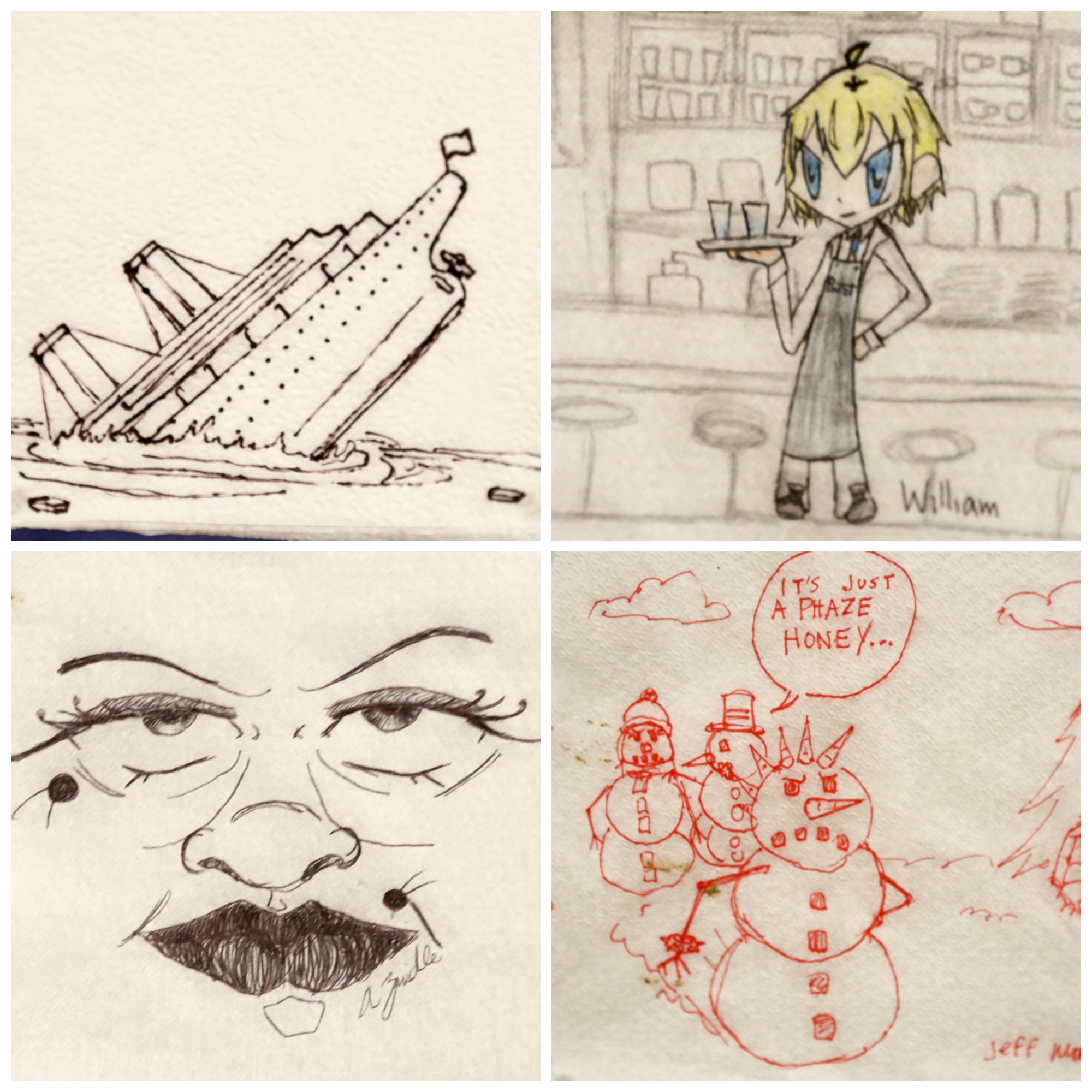
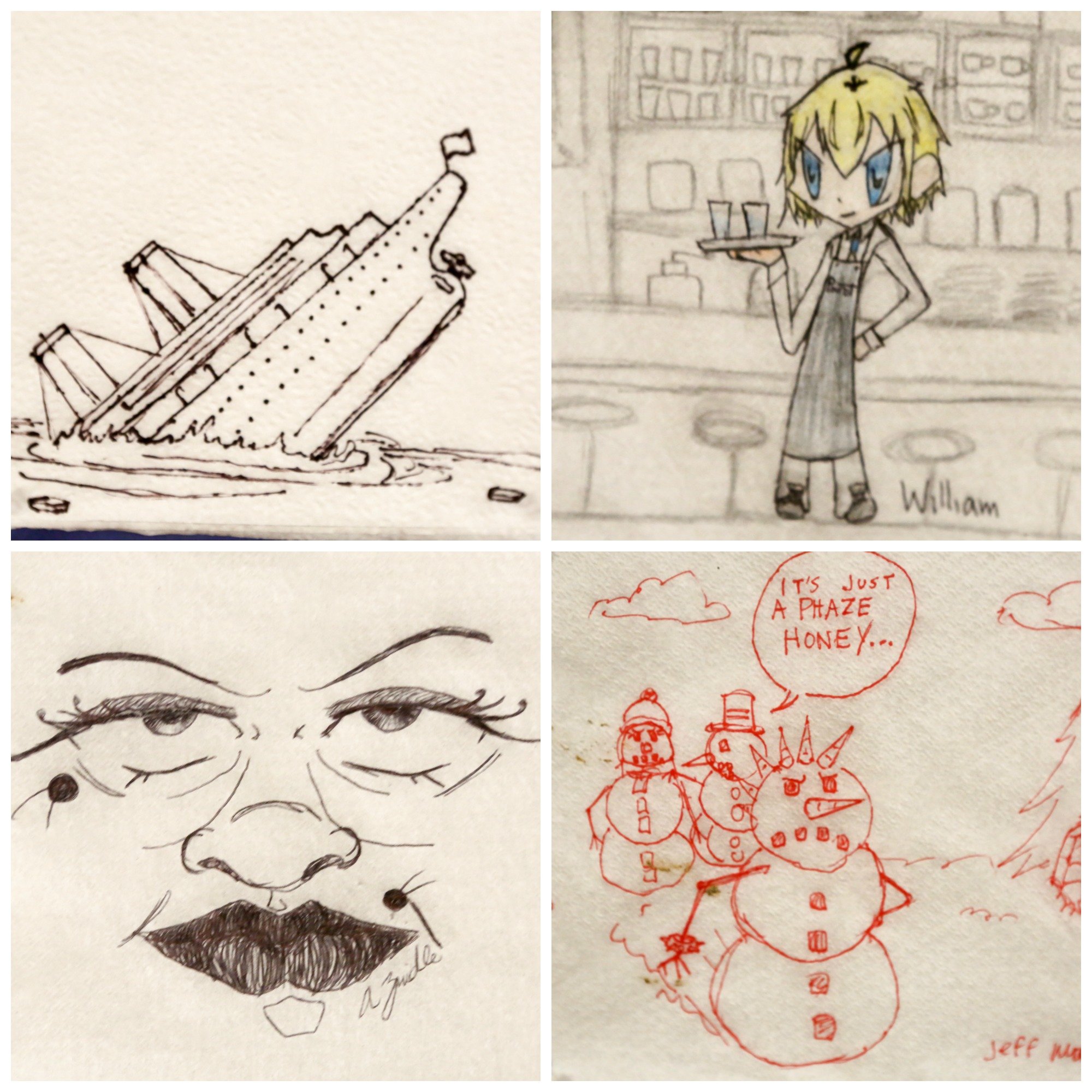
As classes are beginning, students everywhere are organizing their notebooks and binders and practicing note taking. At Rock Point School, we encourage students, when possible, to take notes by hand. Wondering why?
Doodling has various definitions, but the best one I think is simply this: drawing any kind of marks in any kind of way, that just feels good, might have no purpose, and might be entirely unrecognizable to someone else! It’s like (nearly) mindless daydreaming or humming or tapping your fingers on a table. But in these activities and doodling, oftentimes, patterns, themes, and repeated symbols form and reappear. And, of course, you can do it with pencil and paper.
Might the whimsy of doodling be connected to organized thinking, learning, and ultimately, creativity? I have no problem believing that doodling is connected in some way to opening up brain pathways to better graphical and pictorial communication and thinking, to freeing the mind, and to creativity.
Freehand drawing is a ubiquitous, highly useful, age-old skill; doodling is the simplest form of drawing. Learn to draw – draw to think, learn, communicate, and create. Doodling is a precursor to drawing with more purpose, and it starts with toddlers.
There have been numerous studies highlighting the benefits of longhand note taking as a way to improve memory and comprehension of the material. We find students are more focused when their laptops are closed and they are writing in their notebooks. Taking notes by hand also means more students are doodling in the margins of their notebooks, on napkins, and on the backs of their binders. While some educators may think doodling is a sign that students aren’t paying attention, that has not been our experience!
There is a lot of anecdotal supporting evidence to show how doodling might be connected to brain development creativity, especially among famous people identified as being creative. In an essay titled, “Doodling and the default network of the brain,” the authors found that doodling can allow the brain to make creative connections as well as help the doodler’s relax.
“The authors found that doodles were produced during states of idleness, boredom, leisure, meditation, and “affective tension”—indecision, concentration, expectation, and impatience. But when an individual doodles, the brain may also be highly creative, being occupied, for example, in solving mathematical problems, or generating ideas for new works in literature, art, or design. For some doodlers, therefore, doodling may be crucial for creativity, whereas for those at the other end of the spectrum, doodling seems to be relaxing or simply entertaining.”
In our experience, students who are doodling are still being productive in class, either finding a way to ease stress or tension while remaining present or processing information in a creative way. One study from the University of Plymouth demonstrated that, “The doodlers in the study retained about 29% more information than non-doodlers.”
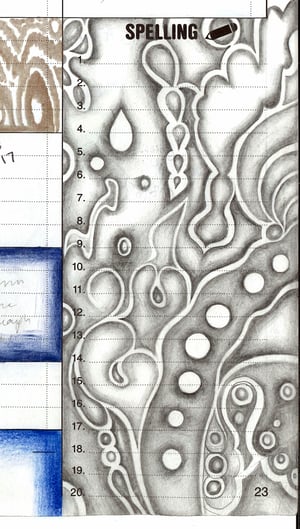 There are certainly other people promoting doodling. See, for example, the TED talk by Sunni Brown, “Doodlers, unite!” She also has a book The Doodle Revolution: Unlock the Power to Think Differently. Brown cites Microsoft founder Bill Gates, author and professor Clayten Christensen, and Frank Gehry, architect and creator of the Guggenheim Museum as prolific doodlers who used their doodles to work out complex problems and open their minds creatively. In an interview with CNN, Brown states, “Some of those benefits include increased creativity, because you're liberating your mind from traditional, linear and linguistic thinking and moving into a more organic thinking space, heightened information processing, heightened information retention and the ability to view content from a variety of different angles.”
There are certainly other people promoting doodling. See, for example, the TED talk by Sunni Brown, “Doodlers, unite!” She also has a book The Doodle Revolution: Unlock the Power to Think Differently. Brown cites Microsoft founder Bill Gates, author and professor Clayten Christensen, and Frank Gehry, architect and creator of the Guggenheim Museum as prolific doodlers who used their doodles to work out complex problems and open their minds creatively. In an interview with CNN, Brown states, “Some of those benefits include increased creativity, because you're liberating your mind from traditional, linear and linguistic thinking and moving into a more organic thinking space, heightened information processing, heightened information retention and the ability to view content from a variety of different angles.”
In a book entitled “The Back of the Napkin: Solving Problems and Selling Ideas with Pictures,” author and doodler Dan Roam demonstrates that everyone is born with a talent for visual/ spatial thinking, even those who swear they can't draw. In his book, filled with doodles and drawings, he demonstrates how thinking with pictures can help you discover and develop new ideas, solve problems in unexpected ways, and dramatically improve your ability to share your insights. Check out the author’s slideshow.
While drawing and doodling is often referred to as a visual task, in my work with the blind and visually impaired, they make raised line doodles that they can feel with a stylus and special tactile drawing sheets. This kind of drawing has the same benefits for the visually impaired as it does for the sighted, as the lines can increase sense memory and creativity.
So, grab your Sketchpad and doodle away! Just draw lines, curves, shapes – freely, unplanned, randomly, hard, soft, big, small, with feeling (or not) – and see what emerges, without judgement or evaluation or expectation or restraint!
The doodles at the top of the page were created by students during the Napkin Doodle Challenge. All drawings were completed during one lunch period, while the artists ate and conversed with friends. The doodle at the bottom is from Katie's (class of 2020) planner, created in class.

As we are heading into our vacation, I am thinking about a student at Rock Point from many years ago who really struggled to get back into the school...
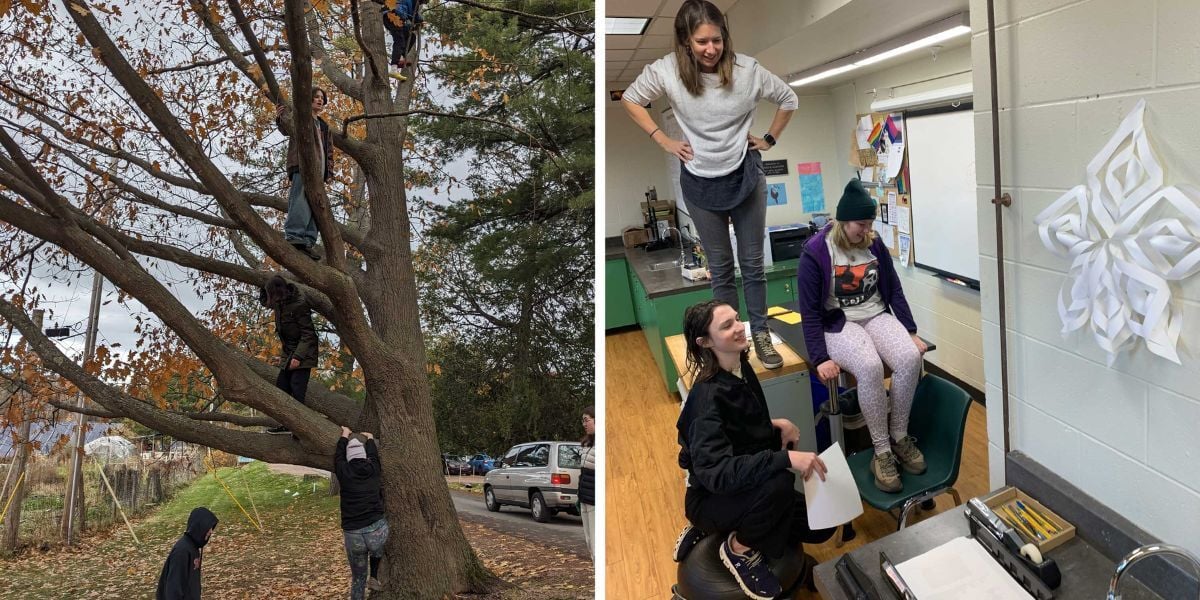
Every quarter, students choose from several electives, which meet three times a week to supplement the curriculum and provide a fun way to start...
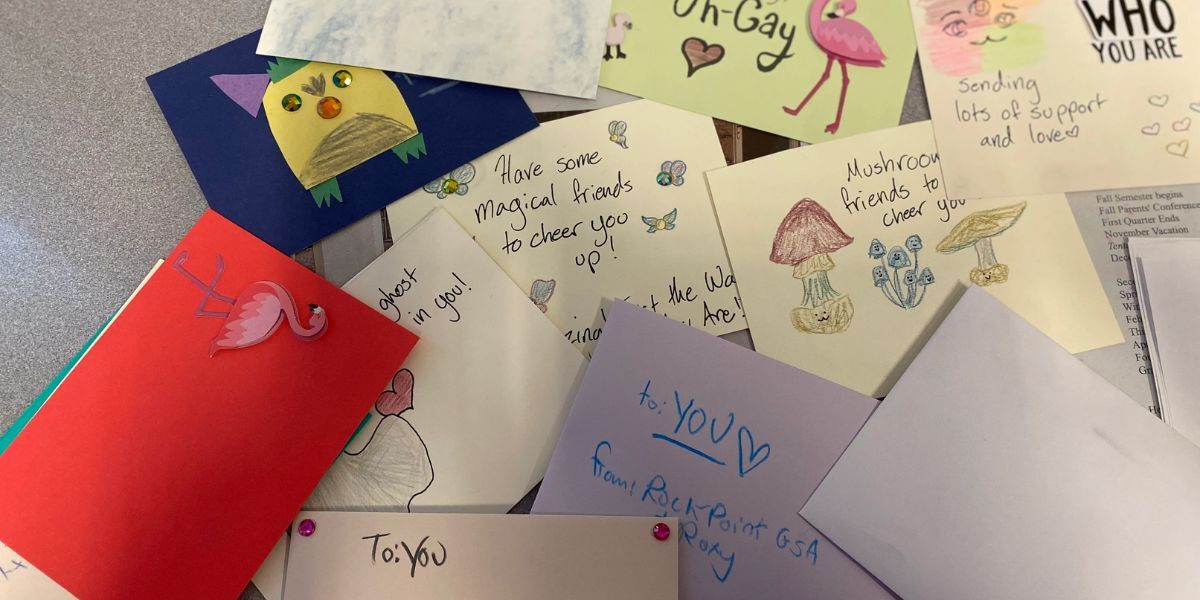
“May your choices reflect your hopes, not your fears.” - Nelson Mandela